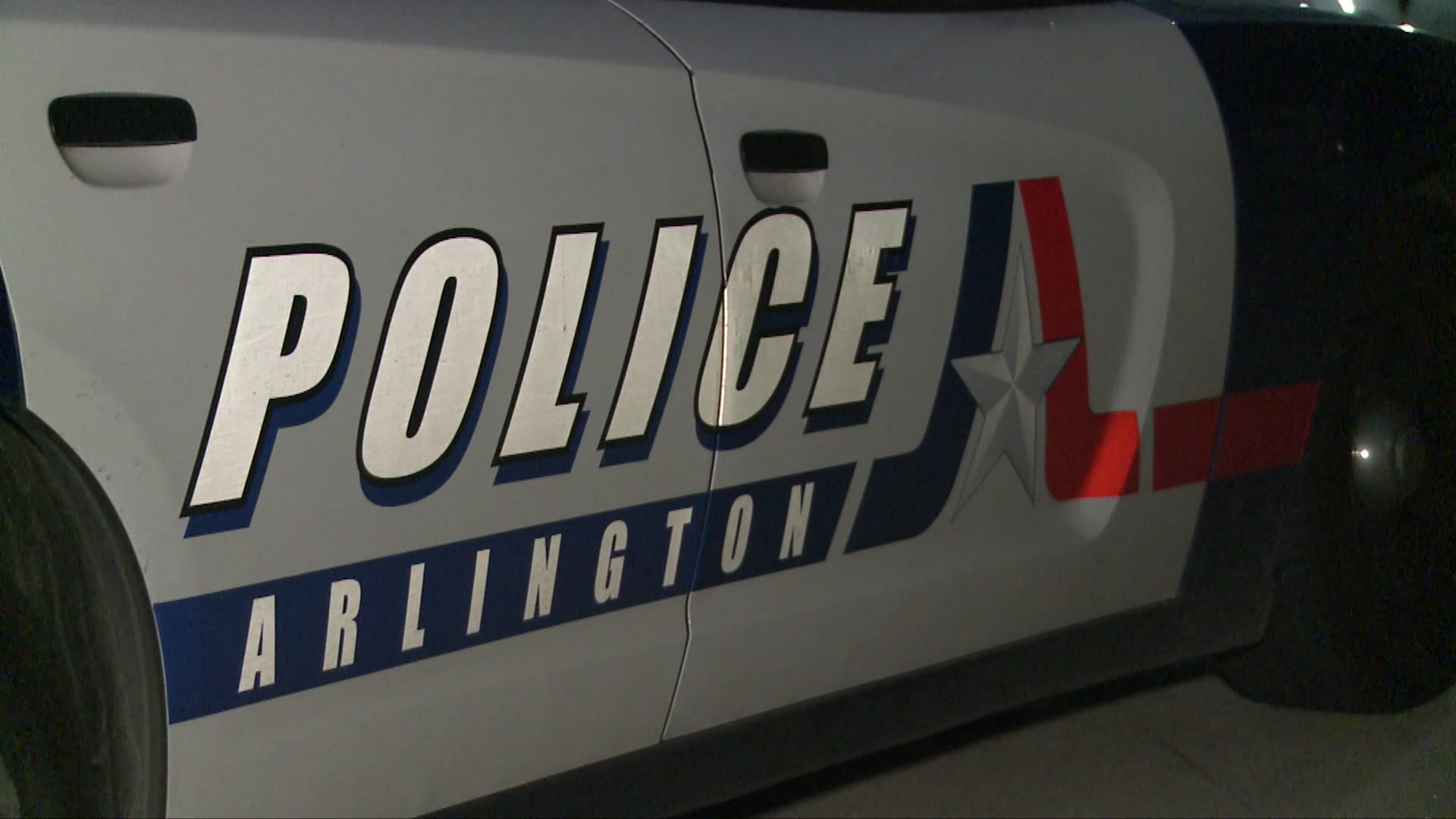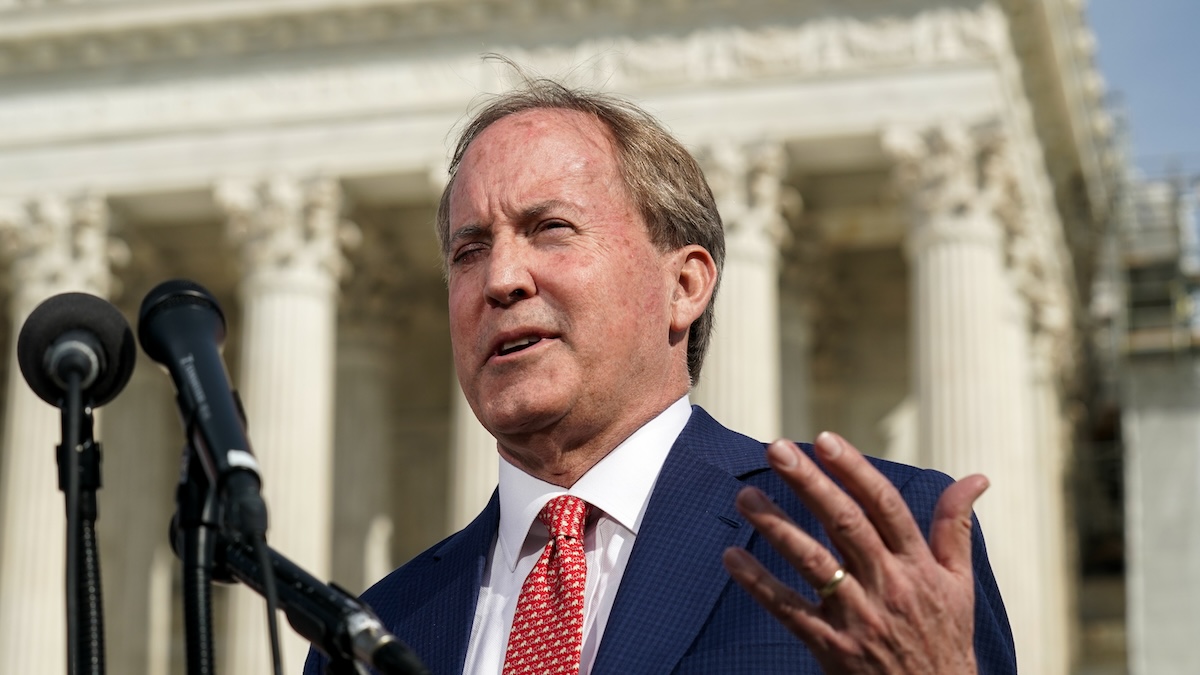In 2018, the city of Dallas ended the year with nearly 200 homicides. The following year in 2019, that number was surpassed with 200 recorded murders.
The increase in crime prompted Mayor Eric Johnson to form the Mayor’s Task Force on Safe Communities last summer to address those issues and fight crime in the city.
The task force, made up of community members and leaders from various backgrounds, spent months coming up with solutions to reduce violent crime, using proven strategies driven by data and supported by communities in other cities.
Their mission has been more than a year in the making but coronavirus pandemic almost brought its progress to a stop. Now, Mayor Johnson is creating a new way to help their mission gain momentum again.
He recently announced the creation of the Safe Communities Initiative Fund, hosted by the Communities Foundation of Texas. It's a way for Dallas residents – or anyone willing to give – to donate to help pay for programs and efforts that will reduce crime in the city. An anonymous donor kicked off the fund with a $50,000 donation.
"I look at this as a GoFundMe page," explained Alex Piquero, a task force member and criminology professor at UT Dallas. "This is an investment in the city, its places and its people."
The task force’s mission resonates with conversations that are now taking shape in many cities across the country, following the death of George Floyd, a Black man who was killed when a Minneapolis police officer kneeled on his neck in May.
Local
The latest news from around North Texas.
Those conversations include redirecting focus and money away from police and into social programs to fight crime.
"Too many of society’s systemic ills fall to police to solve. But public safety is everyone’s responsibility, not just that of law enforcement,” Johnson said in a statement regarding the new fund.
Piquero said police were not originally designed to do everything they're seen doing on the streets.
"They respond to mental health calls, homelessness calls, domestic dispute calls, drunken disorderly calls. They are constantly being shouldered and burdened with calls to which they are not responsible for, with respect to their legal training. We want the police to attend to crime," he said. “They are stretched very thin. And they're not always adequately resourced. So when people look to the police, they look to them to solve every possible problem."
"It’s not to say that there can’t be aspects of the police department that attend to those calls, in concert with or in partnership with other agencies that might be trained and resourced to help with those calls," he added.
Dallas PD is still actively utilizing the RIGHT Care Program, which was implemented in 2018 to better address community needs when responding to 9-1-1 calls relating to mental health crisis.
DPD has also been developing its own violent crime reduction plan.
But for almost a year now, Mayor Johnson's task force has been working to come up with non-police solutions to combat crime.
Piquero, alongside other members of the task force, helped conduct extensive research on best practices used across the country to come up with a set of recommendations. The task force presented their report to the public in January.
"The mayor tasked us very straight out, 'I only want programs and strategies that work, are based on evidence and are replicable from one city to another that have stood the test of time,’” said Piquero.
The report focuses on four specific recommendations that have been implemented in various cities around the country similar to Dallas, such as Boston, Baltimore and Chicago.
The task force said the community could see these recommendations in the city soon, with the help of the new fund.
The first involves restoring blighted buildings and abandoned lots in high-violence locations.
“This isn’t a new thing, it just isn’t being done in the city of Dallas. It requires a city agency to simply say that they’re going to spend the money and the resources and get the job done. That’s low hanging fruit, not a 10 year project," explained Piquero.
Second, adding outdoor lighting in locations where nighttime violence has been most severe.
"A lot of times crimes occur in places that are dimly lit. That’s where drug deals happen, that’s where bad things happen," said Piquero. "Of course someone will say criminals will just take rocks and knock out the lighting, but there’s technology and ways that you can get around that."
Third, utilizing schools to deliver group support that teaches kids to pause before they act.
“Basically this is just teaching kids how to exercise self-control. One program that we are looking at is out of Canada and is being implemented in various cities throughout the United States. It’s called SNAP: Stop Now And Plan," said Piquero.
The fourth recommendation involves hiring and training credible messengers from within high-violence neighborhoods as “violence interrupters” to keep resolvable conflicts from escalating into gun violence.
"Where you're basically taking ex-gang members or ex-hardened offenders -- who are from the kinds of communities that are experiencing high crime -- go out and try to reach out to the gang members, drug sellers and say, ‘Look, I was you. And I don't want you to go down my life path,’” said Piquero.
According to the city, eight distinguished criminologists endorsed the Task Force’s report in a letter, which can be found here.
There is no cap on the Safe Communities Initiative Fund. If you want more information on how to get involved or help contribute, click here.



